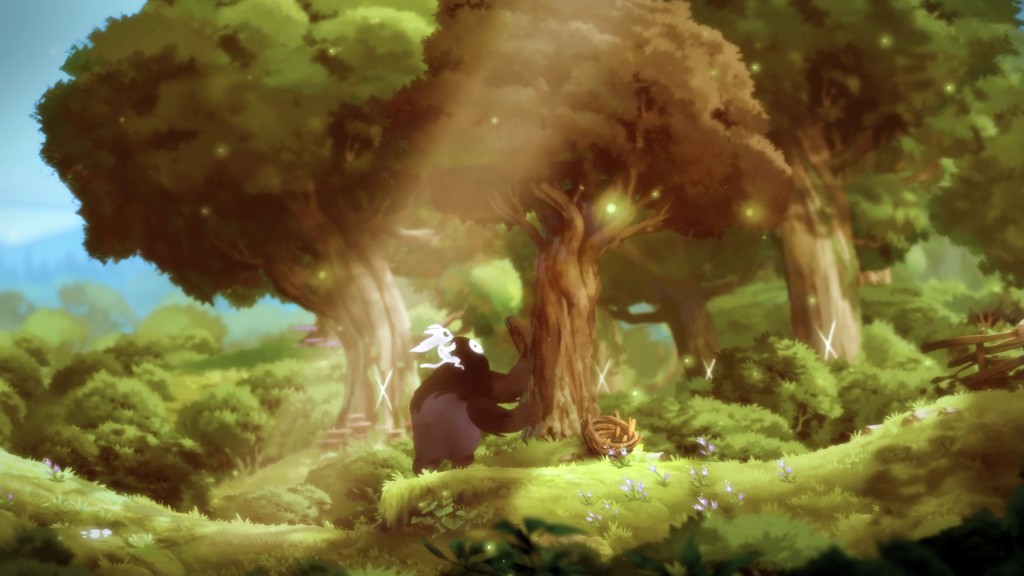The original title of this post was going to be “On Nonsensical Titles”, but that would look silly if I ever end up writing about a Kingdom Hearts game in the future and the title is even worse.
Instead of leveling up in Destiny, I’ve been addicted to a rhythm game. (This is a thing that happens sometimes.) Theatrythm Final Fantasy: Curtain Call is the re-release of the original Theatrythm Final Fantasy for the 3DS, including somewhat expanded game modes and all of the first game’s DLC and then some. It came up on the podcast when I discussed what I’d been playing, and it’s really eaten a lot of my gaming time over the past week.
The Basics
Ignoring the EMS stages because no one cares about those, Theatrythm is about using the stylus or buttons to tap along with directions that move from left to right across the screen. The two modes that matter are Field Music Stages and Battle Music Stages, BMS and FMS from here on out. FMS involve a single character moving across the screen, potentially finding treasure along the way, and getting a prize if they go far enough. If you miss a note, your character might fall and be replaced by the next character in your party, they’ll also take a little bit of damage. Finishing the song before you run out of health completes the stage.
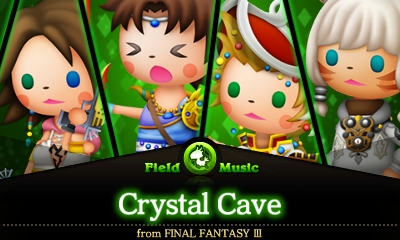
BMS have your entire party lined up on the right in traditional Final Fantasy fashion, as notes and enemies come in from the left. Hitting a note does damage to enemies according to the characters’ strength, missing a note causes your party to take damage. Successfully beating up monsters can earn treasure, and the song is passed if you reach the end before your HP runs out.
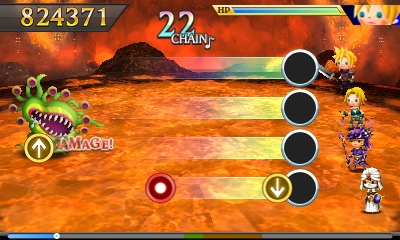
The “Final Fantasy” Part
The framework is more than just for show. Characters level up, increase stats, and can equip abilities that improve their performance in the various stages. Examples include Paeon, which provides constant healing over time, Focus, which does additional damage after a certain number of held notes, or Trance, which triples magic power once your chain is high enough.
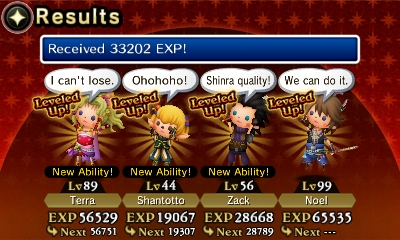
Every song has a “feature zone”, which does something special depending on how well you do in it. In FMS, this summons a chocobo to let you go faster, with the color depending on how many perfects you got. In BMS, this calles one of the series’ standard summons (Or Knights of the Round) if you don’t miss any notes, or a chocobo (which does very little damage) if you do.

In addition, one of the primary modes of play involves going on “quests”, which give you a map of (initially hidden) songs to choose from which form a path to a boss at the end. Finishing one can get you a lot of experience and potentially rare items (crystal shards, used to unlock characters, are the most common reward). After completing a quest, you can attach its associated map to your profile, and anyone you play against in multiplayer can also do the exact same quest.
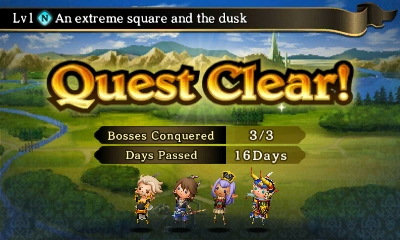
Nostalgia Overload
The songs in this game are from the entire series, including spinoffs. Without any DLC, Curtain Call has 221 songs taken from all 14 main series games and most of the spinoffs, including Crisis Core, Tactics, Crystal Chronicles, Type-0, Mystic Quest, both Dissidia games, and Advent Children. Most of the songs you would expect are included (except Liberi Fatali for some unknown reason), leaning heavily on battle themes (Yes, Fallen Angel from FF14 is in). There is some DLC for songs not included in the initial release (The game’s been out in Japan for a while) like FF5’s Ancient Library theme.

Overall, this is my Game of the Month for September. The original was good, and the changes to this version make it better in nearly every way. More songs, more characters, more modes, and more control options. If you like rhythm games and Final Fantasy, you should give this a look. If you like rhythm games and don’t like Final Fantasy, you should still give it a look, because the music is awesome.
